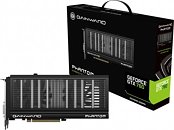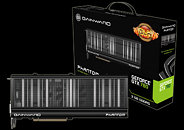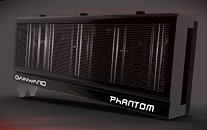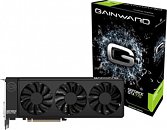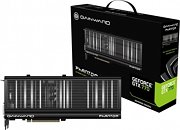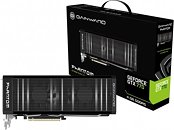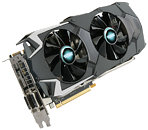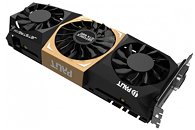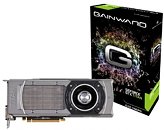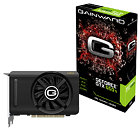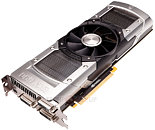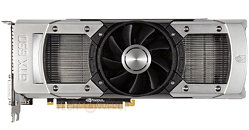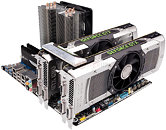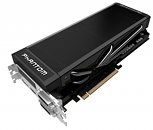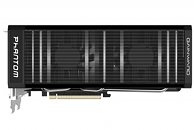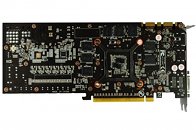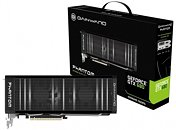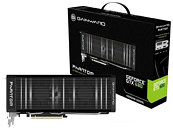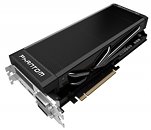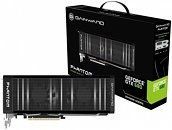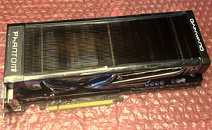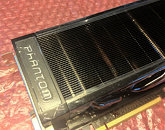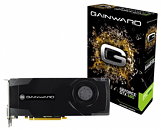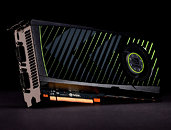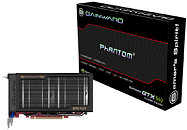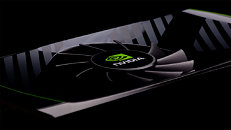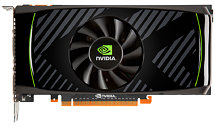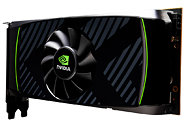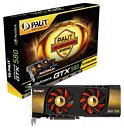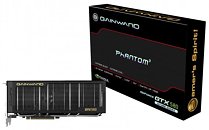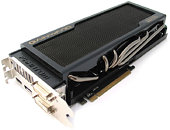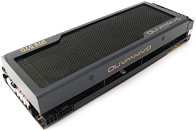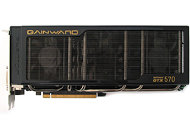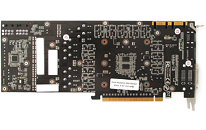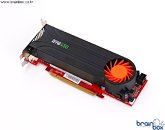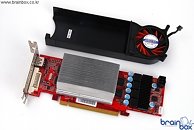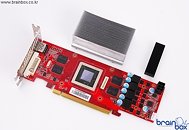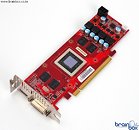
EK Introduces Two New Custom PCB Type GeForce GTX 770 Water Blocks
EK Water Blocks, Ljubljana based premium water cooling gear manufacturer, is proud to introduce two new Full-Cover water blocks for non-reference design NVIDIA GeForce GTX 770 graphics cards.
EK-FC770 GTX DCII is a high performance full-cover water block engineered specifically for ASUS design GeForce GTX 680 as well as GTX 770 DirectCU II series graphics cards. This water block directly cools the GPU, RAM as well as VRM (voltage regulation module) as water flows directly over these critical areas thus allowing the graphics card and it's VRM to remain stable under high overclocks. EK-FC770 GTX DCII water block also features a very high flow design therefore it can be easily used in liquid cooling systems using weaker water pumps. EK-FC770 GTX DCII is a modified version of EK-FC680 GTX DCII featuring EK-FC Terminal port system instead of EK-FC Bridge & Link CSQ system. As a result these new water blocks are fully compatible with existing EK-FC680 GTX DCII Backplate. Two versions are available:
EK-FC770 GTX DCII is a high performance full-cover water block engineered specifically for ASUS design GeForce GTX 680 as well as GTX 770 DirectCU II series graphics cards. This water block directly cools the GPU, RAM as well as VRM (voltage regulation module) as water flows directly over these critical areas thus allowing the graphics card and it's VRM to remain stable under high overclocks. EK-FC770 GTX DCII water block also features a very high flow design therefore it can be easily used in liquid cooling systems using weaker water pumps. EK-FC770 GTX DCII is a modified version of EK-FC680 GTX DCII featuring EK-FC Terminal port system instead of EK-FC Bridge & Link CSQ system. As a result these new water blocks are fully compatible with existing EK-FC680 GTX DCII Backplate. Two versions are available:





